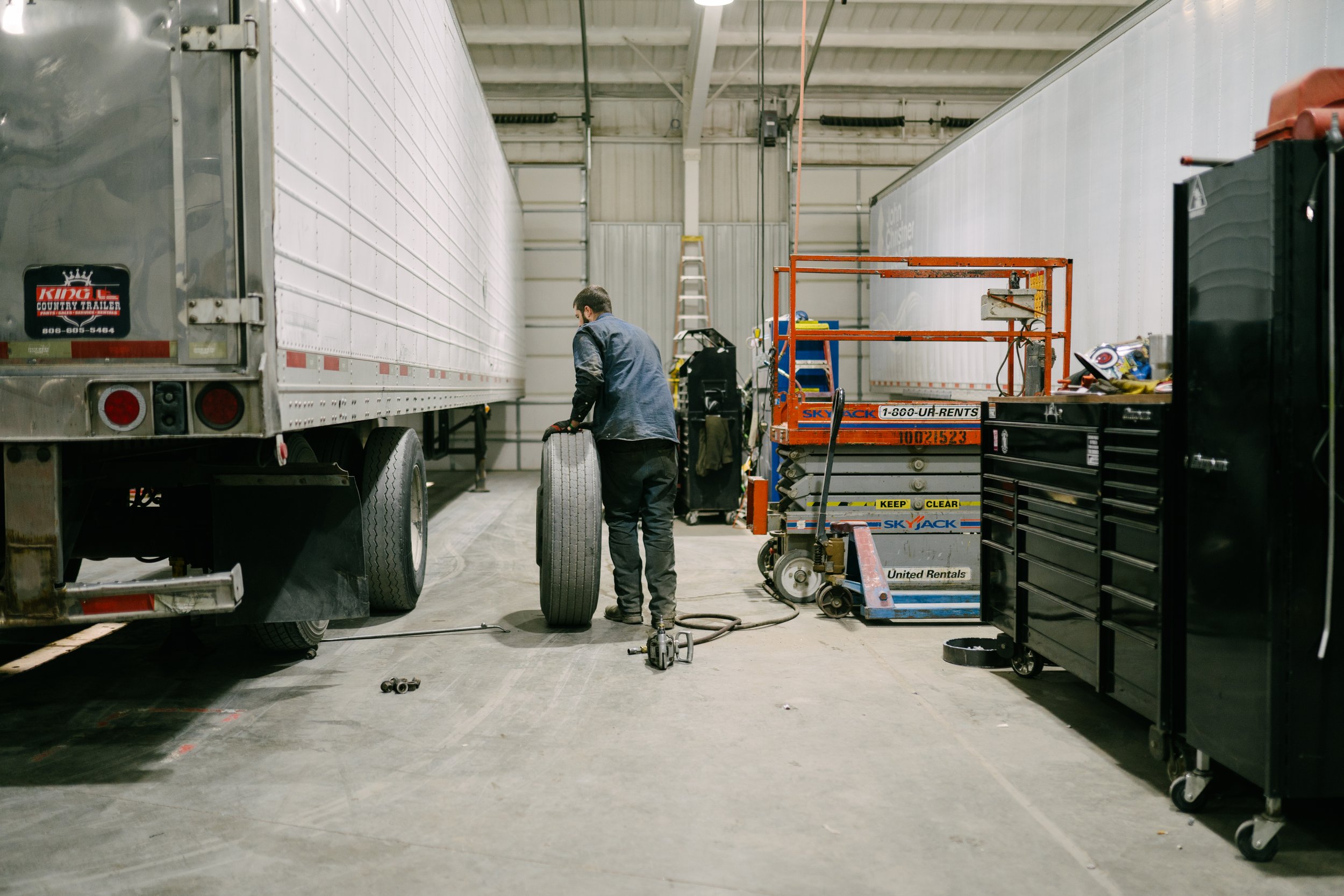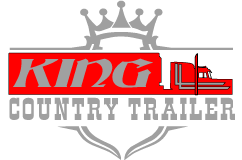
Truck Alignment Service in
Amarillo, Texas
Vehicle pulling to the left or right? Uneven or rapid tire wear? Is your steering wheel crooked when driving straight? You probably need a wheel alignment.
Request Truck Alignment
Truck Wheel alignment FAQ’s
-
When driving long distances, it's very common to notice that your vehicle drifts to the left or right. This is a result of your wheels being misaligned, and could mean that you need truck alignment services right away.
Just like regular cars, heavy-duty trucks use suspensions. The wheel hubs are connected to the steering knuckle via ball joints or kingpins. Depending on how you drive your truck, these mechanisms can move the wheels up, down, or sideways, but over time, they can wear out and cause alignment problems.
Driving long distances on a suspension that is out of alignment can cause it to wear beyond its capacity to remain horizontal. This can lead to serious problems like your wheels getting damaged when they contact things like potholes or rocks.
In order to identify the need for an alignment, you will notice that your truck pulls to one side while you are pressing the gas pedal, forcing you to compensate by veering right or left.
Mileage recommendation: 100,000 miles
-
The first thing you'll need to do is have your suspension checked to see if the problem is actually with your alignment. Performing a thorough inspection of all your ball joints and kingpins, in addition to checking both ends of your tie rods, is essential.
The most common solution to alignment problems is to have your wheels realigned. Your technician will need to measure all four corners of your truck again so that they can adjust them accordingly. This will help correct any drift issues you might have but doesn't fix anything underneath your suspension system.
If there is serious damage being done by faulty wheel alignment, you might need to have your wheel bearing or steering knuckle replaced. Additionally, the ball joints and kingpins should be checked to ensure they are in good condition. If your wheels are made of alloy, the mechanic might need to weld them back together or replace them entirely if they can't fix them.
In cases where your wheel is bent out of shape, you'll need to have them replaced entirely for the truck wheels to go back to their proper position.
-
Aligning your wheels to align them parallel to each other, perpendicular to the ground, is called wheel alignment.
The camber, caster, and toe contribute to proper wheel alignment.
Camber is the measure of the degree of perpendicular offset.
Caster is the angle of your wheel’s pivot. It's attached to the suspension, and when this angle is out of alignment straight-line tracking is affected.
Toe refers to the angle of directional difference between the tire and the centerline of the vehicle.
Your truck's front and rear wheels should always be perpendicular to the ground and parallel to the tire beside it. Having routine wheel alignments can potentially save you thousands in the long run while promoting optimal vehicle performance.
-
A wheel alignment can keep your car running safely and effectively by encouraging less tire wear, higher gas mileage, and safer driving conditions. Uneven tire wear may be caused by misaligned wheels.
A vehicle pulling to the right or left while in motion may indicate uneven tread wear. Wheel alignment issues, if left unchecked, can lead to steering and suspension problems, because driving with your wheels out of alignment puts stress not just on your tires but also on your suspension components.
Contact us right away if your vehicle starts pulling to the right or left while driving, or if you notice a vibration in the steering wheel at higher speeds.
